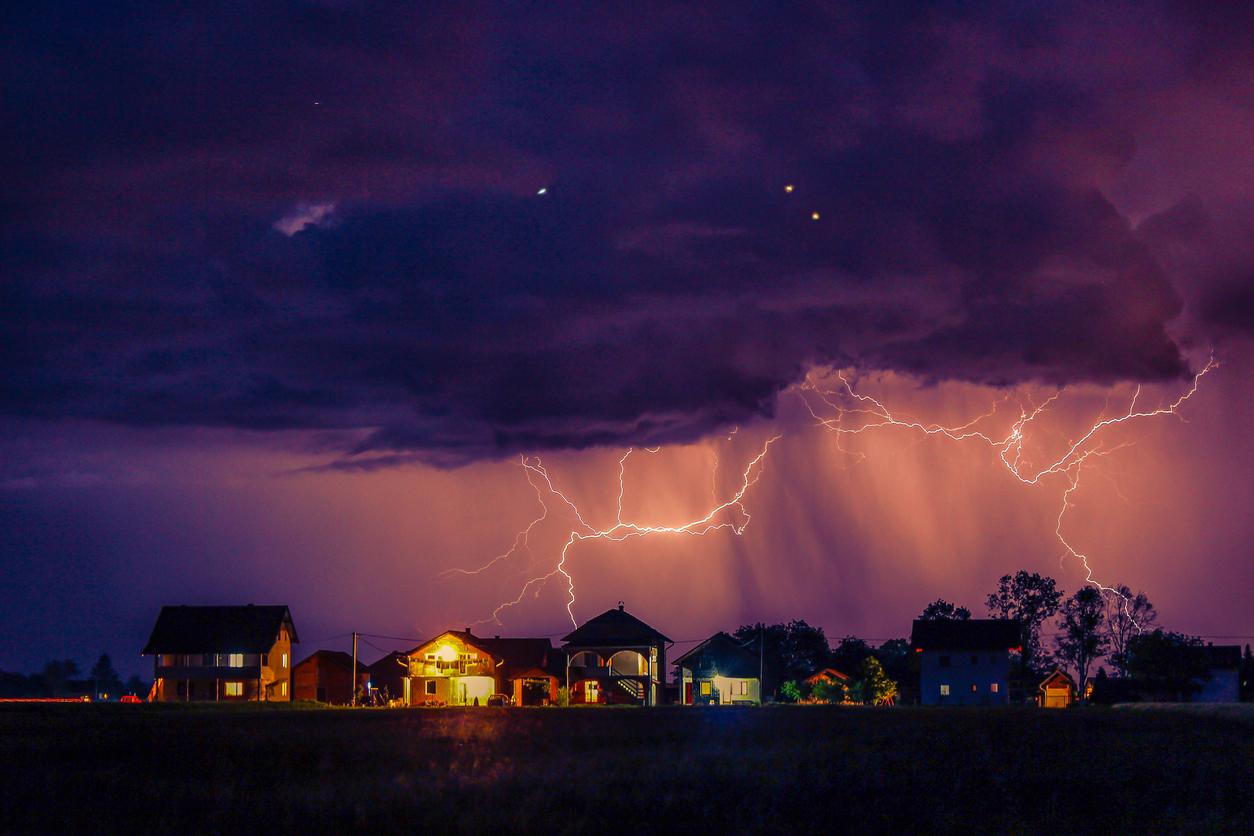thunderstorm phobia
The sky turns gray, dark and threatening. Raindrops begin to fall. Thunderstorms and lightning are inevitably approaching. What do you do then? Waiting for the approaching storm with a pleasant shudder through your spinal cord? Or do you break out in a cold sweat and you don’t know how quickly to get yourself to safety?
Almost everyone can imagine that you are not waiting for flashes of light and thunder. Everyone is shocked to some degree when a thunderstorm unexpectedly erupts. Many people are even afraid of it.
Characteristics of thunder phobia
Yet the fear of people with thunderstorm phobia goes beyond being scared. People with a thunderstorm phobia:
- Check the weather forecast several times a day.
- Keep a close eye on TV and radio for (thunder) news.
- Don’t leave the house during a thunderstorm.
- Want partner and children to be at home too.
- Hide under the bed or in the basement during a thunderstorm.
- Seek shelter in a public building, such as a school or hospital.
- Demarcate the house with lightning rods.
- Don’t go on vacation for fear of thunderstorms.
- Are hypersensitive to words that start with the same letters as thunder, such as unreal and improbable.
childhood
Fear of thunder can start at a young age. Sometimes children take over the fear from their parents. The fear of thunderstorms is one of the most contagious forms of fear. Sometimes the fear is innate and children are afraid for inexplicable reasons. They do not know what thunder is and cannot place lightning and thunder. That’s what makes a thunderstorm scary. That is why it is very important for parents to explain the weather phenomena. For example, look at it with the child and point out how fascinating lightning is. Make it a fun spectacle! Or make it a game: who will see the longest flash of lightning? Usually a child gets used to thunderstorms in this way and the fear disappears.
astraphobia
Children don’t always grow out of their fear. Moreover, fear of thunder can also arise after a traumatic experience with thunder at a later age. This can happen, for example, if someone experiences a lightning strike at a short distance from them. When a fear is so severe that it takes over everyday life, it is called a phobia.
The list of phobias is long. In principle, we can develop fear for any object. Nevertheless, there are four categories into which the phobias can be divided:
- animal phobia
- environmental phobia
- situational phobia
- blood and accident phobia
Thunderstorm phobia is an environmental phobia. It even has an official name: astraphobia. Fear of thunder affects about 1.5 percent of the population.
Avoidance is not a solution!
When there is a phobia, treatment makes sense. It is usually impossible to get over the fear on your own. The fear is too overwhelming for that. People with a thunderstorm phobia prefer to avoid thunderstorms altogether. They take as little risk as possible to avoid being caught unexpectedly by a thunderstorm.
Yet avoidance is the kind of behavior that perpetuates the phobia. Avoidance actually works as a reward. You avoid the storm, hide, go on holiday to wintry places and gosh: you no longer feel fear! That alone does not make the phobia go away! The moment you unexpectedly come into contact with a thunderstorm, the fear rears its head just as hard.
Treatment: EMDR or behavioral therapy
The goal of the treatment is to make someone less sensitive to thunderstorms. This can be done in two ways: through EMDR (eye movement desensitization and reprocessing) and behavioral therapy.
EMDR is used when someone has become thunderphobic due to trauma. While the client follows a moving object with his eyes, the trauma is relived and placed in a positive light.
Childhood thunderstorm phobia is treated with behavioral therapy and psychoeducation. Patients are given a scenario to take home, which states what they can do in the event of a thunderstorm. An example: getting further out of the basement with every thunderstorm. During a thunderstorm, emergency workers are on standby by phone to talk patients through their fears. It is also possible to let the patient get used to loud bangs (desensitisation). They also learn to register their feelings and receive information about reactions to thunderstorms. Practice shows that in principle almost everyone can be helped to get rid of thunderstorm phobia. If the weather cooperates, this can even be done within one season!















